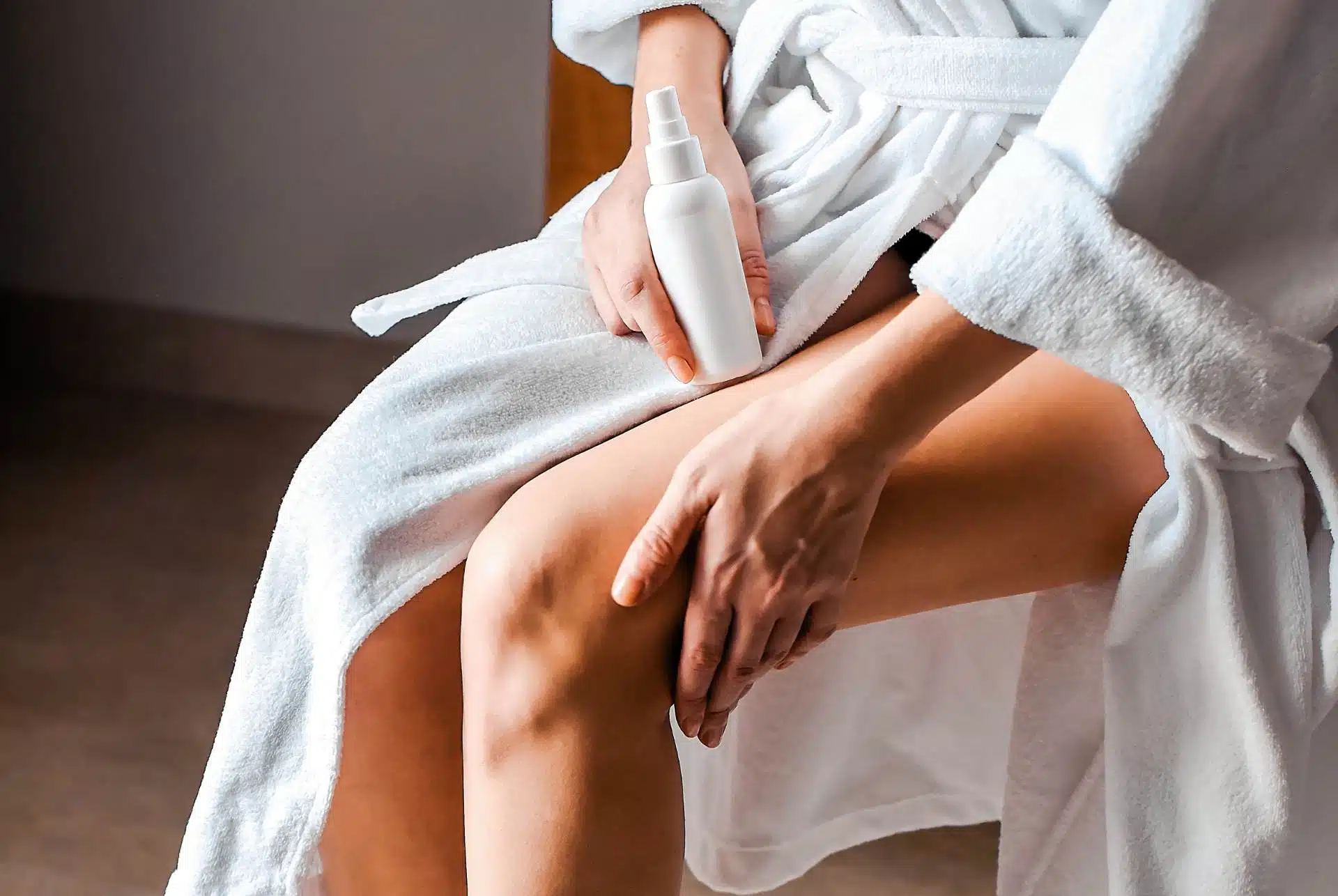
Cellulite, the dimpled skin often found on thighs, hips, and buttocks, is a common concern for many individuals, particularly women. Despite its prevalence, there are numerous misconceptions surrounding its causes and treatment. In this short blog post, we will look into the underlying causes of cellulite, debunk common myths associated with it, and explore various cellulite treatments options that are currently available.
The Biology of Cellulite
Cellulite is a dimpled or lumpy look caused by fat deposits pushing through the connective tissue beneath the skin. Cellulite develops as a result of a combination of lifestyle factors, hormonal fluctuations, and heredity. Its visibility can also be exacerbated by ageing-related thinning of the skin and diminished collagen synthesis. Despite what the general public believes, cellulite is not only associated with being overweight; it can also affect people with a good body mass index.

Myths Surrounding Cellulite
Many myths about cellulite exist, most of which are supported by the media and the beauty industry. Myth number one is that people who are overweight are the only ones who have cellulite. However, anyone can develop cellulite, regardless of their body type. A common misconception is that having cellulite indicates a lack of fitness or good health. Cellulite, however, is mostly a cosmetic issue and does not always reflect a person’s general health.
Effective Cellulite Treatments
Numerous treatments claim to reduce or eliminate cellulite, ranging from topical creams to invasive surgical procedures. While some treatments may provide temporary improvement, it’s essential to manage expectations and understand that cellulite cannot be completely eradicated. Topical creams containing ingredients such as caffeine or retinol may temporarily reduce the appearance of cellulite by improving circulation or thickening the skin. However, their effectiveness varies, and results are often inconclusive.
Non-Invasive Procedures
Non-invasive procedures such as radio-frequency therapy and acoustic wave therapy have gained popularity as cellulite treatments. These procedures aim to tighten the skin and stimulate collagen production, reducing the appearance of cellulite. While they may offer noticeable improvement for some individuals, multiple sessions are typically required, and results may not be permanent.

Lifestyle Modifications
In addition to topical treatments and procedures, adopting a healthy lifestyle can help you to manage cellulite. Regular exercise, particularly strength training and cardiovascular workouts can improve muscle tone and circulation, reducing the visibility of cellulite. Maintaining a balanced diet rich in fruits, vegetables, and lean proteins can also support skin health and reduce inflammation. Staying hydrated and avoiding excessive alcohol and tobacco consumption are also recommended.To sum up, cellulite is a common cosmetic concern affecting individuals of all body types. While its exact cause is multifaceted and not fully understood, various factors contribute to its development, including genetics, hormonal fluctuations, and lifestyle choices. Despite the abundance of treatments claiming to eliminate cellulite, it is important to approach them all with caution and manage expectations. While some treatments may offer temporary improvement, long-term results are often modest. Ultimately, embracing a healthy lifestyle encompassing regular exercise, a balanced diet, and skincare can help manage cellulite and promote overall well-being.




